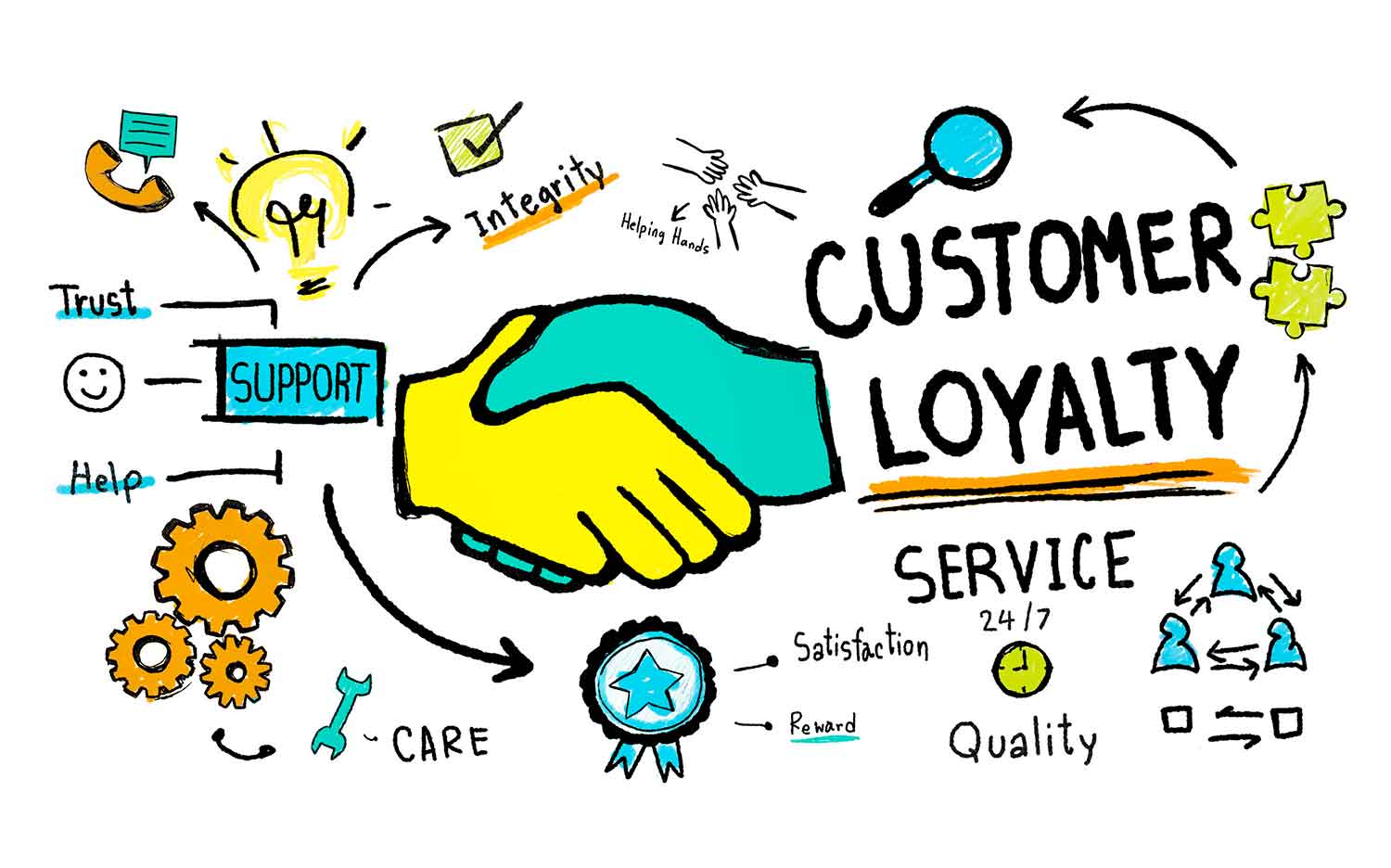Rate providing a service for your customersEnsuring customer relationships is tough. Our people aren’t sure how to know if they’re done. Sometimes the customer calls back weeks later with a concern or complaint, and we have no idea how to respond. How do we get better control?
Thoughts of the Day: Ensuring customer relationships means doing it to the customer’s satisfaction. Start with a plan. Getting sign-off before departure can eliminate a lot of problems later on. Work on training both customers and employees. Build rewards for completion on time, within budget, without re-dos. Make it a company motto: done right the first time, and learn to achieve that every customer, every visit.
Ensuring customer relationships
What does your customer expect? What would cause the customer to say they were extraordinarily satisfied? These are questions that should be brought up in the sales process, answers documented by salespeople, and handed over to the people who will do the work.
Asking the customer to set the standard gives the customer a feeling of control and involvement in the outcome. How would they know if the job was done? What should they look out for? These are questions that help to clarify expectations.
Of course, these questions can also be posed to clients on the job site, by people who will be doing the work. Re-asking qualifying questions at the time work is being done may help bring to the forefront additional information the client didn’t think of at the time of sale. The goal is to ensure that the people doing the work are clear about what the customer expects.
Trying to address a problem days or weeks after the fact is nearly impossible. Upon job completion, do a walk-through with the customer. Use a checklist to review task-specific deliverables. Address this with your employee and the customer. Ask the customer to initiate the check sheet at the time of the walkthrough.
Great brands sell stuff well
Of course, if the unsatisfied customer calls days or weeks later, make things right. Having a signed checklist will help the manager in charge to determine how much of the problem is really incomplete work, and how much might be due to a change of heart on the customer’s part. At least with a sign-off on the check sheet, your manager in charge has more negotiating room to offer to do the work as an additional work order.
Define the standard you expect to deliver. Teach it to your employees. Explain it to customers. Make the standard explicit and tangible. Ensuring customer relationships. Something that both employee and customer can touch and feel.
Create a checklist that points toward a job fully completed. Use industry standards if they’re available. Provide a warranty if you think you can afford to, to reassure customers of your company’s intent. Make people in the field responsible for delivering on any re-do’s, reporting on why the re-dos were necessary, and explaining how they won’t let it happen again.
Providing a service for customers
Invest in training your employees. Don’t assume your field staff knows how to handle customers. Do role-plays to practice walking through a job. Ensuring customer relationships. Start out with a simple example, and a cooperative customer. As the practice session(s) unfold, make the examples more complicated and the customers more difficult to understand.
Start with a plan. Ensure jobs are on time and within budget. Make it everyone’s goal. Have the people who will be doing the work meet before setting out, to review the plan and ask questions. Submit a change order request if the customer asks for additional work. Change orders mean your company makes more money for add-ons. Get approval. You no longer eat the cost for the overage.
Reserve a portion of the money to go towards a “satisfied customer bonus. Get everyone to invest in the job’s success. Pay for performance for a job done right.
Measure results and post them where everyone can see them. If you have multiple teams, track results by team. Ask customers to rate their satisfaction with the work. Rate jobs and teams as satisfactory and unsatisfactory. Graph results. Ask the leading teams to coach the rest of the group.
Looking for a good book? Sales & Operations Planning – Best Practices: Lessons Learned, by John Dougherty & Christopher Gray.

